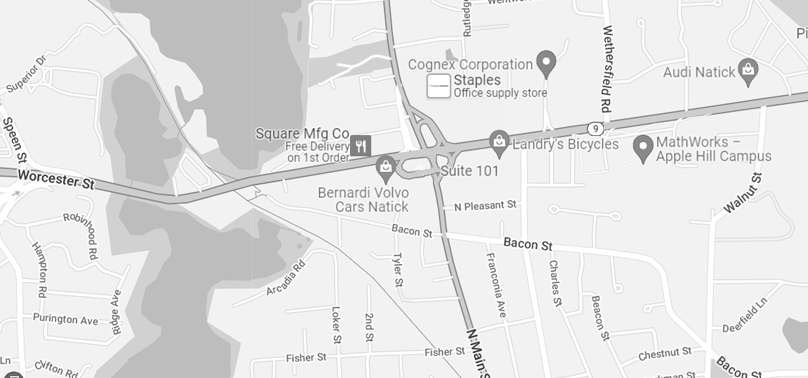Many people who want straight teeth never go through with treatment because they just don’t like the way braces look. In 1998, Align Technology introduced Invisalign tooth positioning aligners. Up until that time, the only cosmetic alternatives to silver braces on the teeth were clear (ceramic) or lingual (inside) braces. Why do orthodontists still use clear braces when Invisalign seems so much better?
Align Technology’s introduction of Invisalign changed the field of orthodontics forever. For appropriate cases, Invisalign does provide the esthetic alternative to metal braces that many patients are seeking. When Align bypassed professional providers and marketed directly to the public, they created a demand for their product and an expectation that teeth can now be straightened without wires and brackets glued to the teeth. Because the Invisalign system seems so much easier to use than conventional braces, more than 300,000 non-specialist dentists are now also offering orthodontic services in their practices. Although these changes have encouraged more patients to seek treatment, Invisalign is not a replacement for braces in all cases.
Although clear aligners are appropriate for many orthodontic problems, they are still biomechanically inferior to conventional braces in many situations. Because it is more difficult for plastic shells to create some of the forces required for complex tooth movements like turning round teeth, making teeth longer, and paralleling roots in extraction cases, most orthodontists still prefer to use brackets and wires for moderate to severe cases.
By taking Invisalign directly to the public without explaining its limitations, Align forces orthodontists to be “the bad guys” who more often than not have to give disappointing news to overly optimistic prospective patients. Only one out of eight patients who come in hoping for Invisalign have problems that qualify for aligner therapy. The other seven would obtain better result with braces.
Because Invisalign appears easier to use than braces, dentists with little or no orthodontic training are now also offering orthodontic services to their patients. Since most of us trust the advice of our family dentist, rarely do we question when he recommends a new service. The results obtained by any doctor however are determined by his skills and experience. Eliminating brackets and wires does not eliminate the need for accurate diagnosis, treatment planning, and case management. Invisalign is simply a tool not a replacement for experience and skills.
Dr. Hughes uses Invisalign to treat mild to moderate crowding and alignment cases. It is especially good for patients who have had previous orthodontic treatment but did not wear their retainers and have experienced some relapse. The fact that patients can take out their aligners to eat and brush is very convenient. Patients like it because it looks so much better than braces. So in many cases, Invisalign is actually the treatment of choice.
However, if Invisalign is not appropriate for your particular problem, you do have other options. The most tried and true economical alternative is clear braces. They have been around a long time and are now better than ever! Modern manufacturing techniques have overcome practically all of the long-standing weaknesses that have plagued previous generations of clear brackets. Today’s appliances are stronger, smaller, and do not stain like previous models. They can be used for the exact same complex movements as metal brackets and move the teeth just as efficiently. The only two drawbacks that remain are that they are still more fragile than metal (for athletes in contact sports), and they still cost your orthodontist more to purchase (which she must pass on to you).
So if you are dead set against metal braces you have options. Invisalign might be perfect for you if your problems are only mild to moderate. If you want the most cost-effective esthetic alternative to “railroad tracks” that can actually move your teeth like metal, ask your orthodontist to show you today’s clear braces. I think you’ll be impressed.
